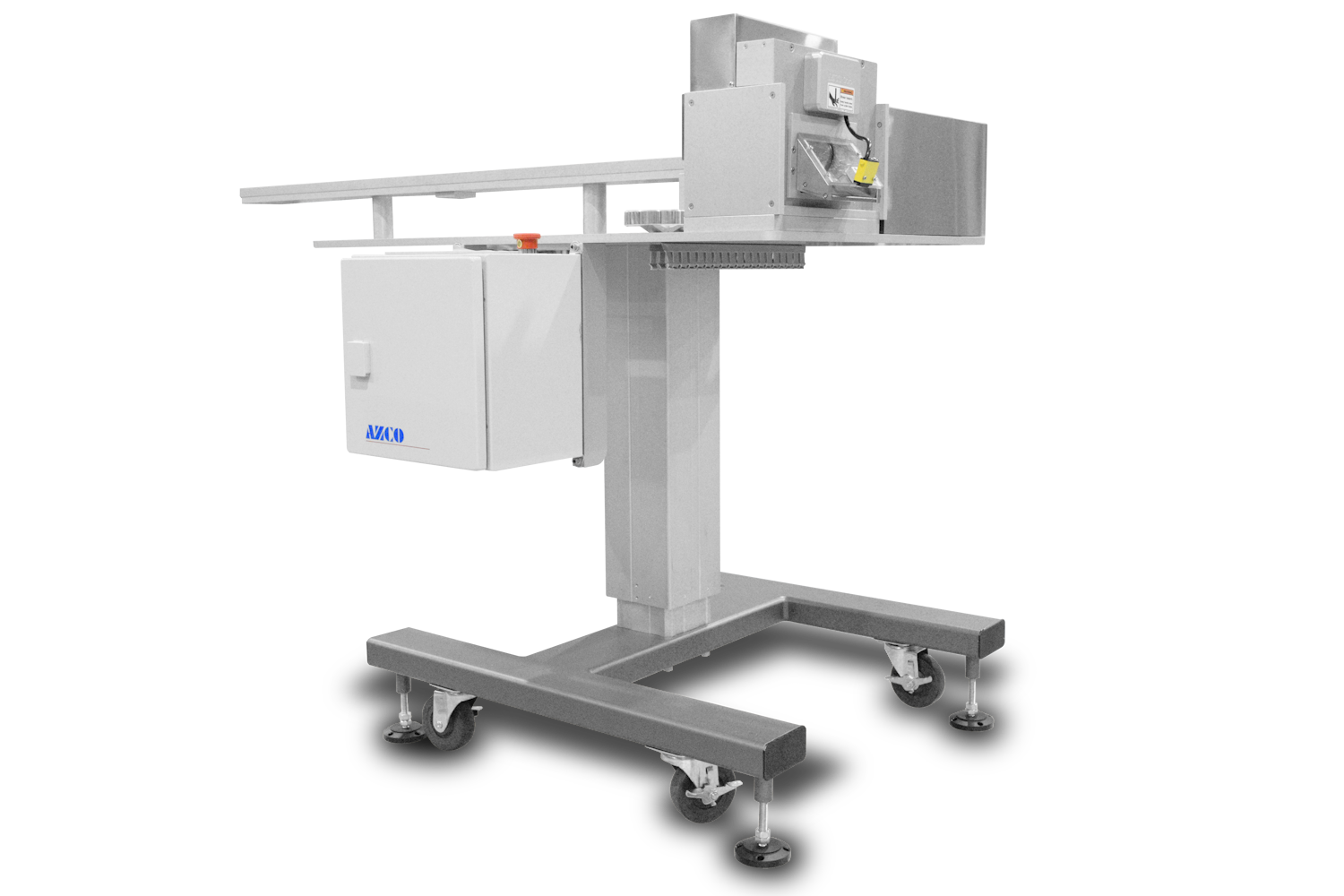
Innovative Strategies To Avoid Adhesive Buildup in Cutting Applications
When it comes to cutting adhesive materials, it’s challenging to offset the buildup of adhesives on the blades. This buildup can degrade cut quality, while frequently cleaning and replacing the blades drive cost, resources and downtime. Over time, the material buildup has a snowball effect, preventing the blades from cutting and causing the upper and lower blades from making clean cuts. The material can even wrap around the cutting machine’s rollers, causing even more downtime.
At AZCO Corp, we’ve been dealing with the challenges of cutting adhesives for years and have come up with various innovative strategies to overcome this issue. Not every solution is fit for every use case; for example, depending on the industry and application, we can customize the blade geometries, design self-lubricating systems, apply special release coatings to the blades — or some combination. Here’s a rundown of some recent examples.
Self-Cleaning System for a Highly Viscous Adhesive
One cutting application involved a tar-like sound detonating material. At the time, the customer was only able to perform 20 to 30 cuts before needing to clean or swap out the blades — a process that drove a lot of time and cost.
To address these issues, we customized the geometries of the upper and lower blades and also integrated a precision-based dispensing system that released lubricant onto the lower blade during the cutting process. Operators can digitally control this self-cleaning system based on cycle time or count. Now, the customer can cut the viscous, tar-like material at a rate of 400 cycles per minute without having to clean or replace the blades every few days.
Beyond the mechanics of designing this system, one of the keys to our success is our deep understanding of material systems. For example, we carefully matched the release agent to the material being cut, ensuring the two were chemically compatible to avoid contamination.
Cutting a Permanent Label for Outdoor Operation
Not every application can benefit from or even support the use of release fluids that must either be chemically compatible with the cut material or be able to evaporate. In these cases, we must rely on special coatings and blade geometries that we can customize in order to further optimize the coating’s release properties.
For example, one recent application involved cutting a high-strength label with a release liner. In general, labels aren’t as aggressive as tar-like materials from an adhesive standpoint, however, avoiding adhesive buildup in these applications can still be tricky. In this case, we had to cut a permanent adhesive for use on a tractor trailer. This label would need to remain on the trailer despite varying temperature ranges, weather and other demanding outdoor conditions. We applied a coating with a low coefficient of friction (COF) to the blade to minimize sticking and also optimized the blade’s geometries to support the coating’s release properties.
Do you have a challenging cutting application? We’re here to help! Contact us today.

